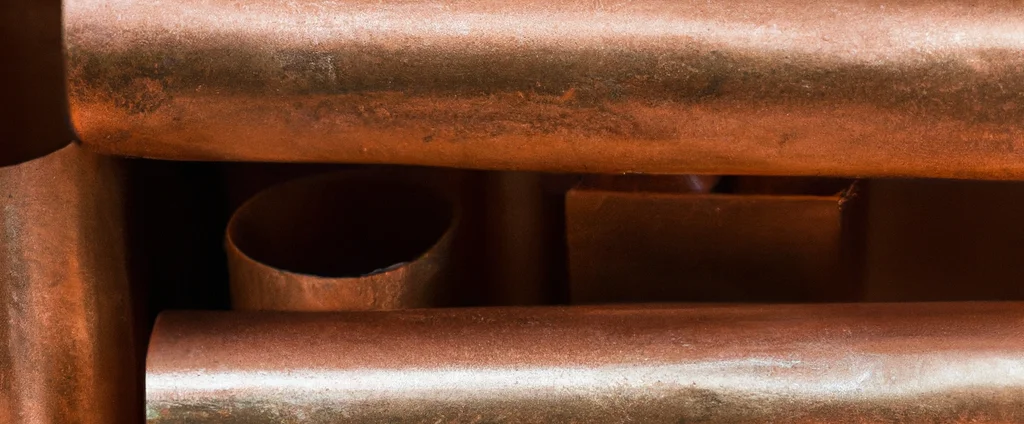Aluminum Bronze (UNS C63200)

Aluminum Bronze C63200 is a type of bronze alloy that contains aluminum as its primary alloying element. Renowned for its exceptional strength, corrosion resistance, and wear resistance, it is widely used in marine, offshore, and industrial applications under harsh conditions.
| Chemical Composition | ||
|---|---|---|
| Element | Min | Max |
| Copper | —— | Remainder |
| Aluminum | 8.7% | 9.5% |
| Iron | 3.5% | 4.3% |
| Lead | —— | 0.02% |
| Manganese | 1.2% | 2.0% |
| Nickel | 4.0% | 4.8% |
| Silicon | —— | 0.1% |
The following table provides a list of aluminum bronze C63200 properties in both SI and US customary/Imperial units.
Click on the button to switch between Metric and Imperial units.
| Physical Properties | Metric |
|---|---|
| Density | 7640 kg/m3 |
| Mechanical Properties | Metric |
| Tensile Strength (Ultimate) | 640 - 725 MPa |
| Tensile Strength (Yield) | 310 - 380 MPa |
| Shear Strength | 390 - 440 MPa |
| Young’s Modulus (E) | 117 GPa |
| Shear Modulus (G) | 44 GPa |
| Elongation at Break | 18% |
| Poisson’s Ratio (ν) | 0.34 |
| Thermal Properties | Metric |
| Melting Point | 1040 - 1060 °C |
| Thermal Conductivity | 35 W/m·K |
| Specific Heat Capacity (Cp) | 439 J/kg·K |
| Coefficient of Thermal Expansion (αL) | 1.62×10-5 1/°C |
| Electrical Properties | Metric |
| Electrical Conductivity | 4.06×106 S/m |
| Electrical Resistivity | 2.46×10-7 Ω·m |
| Magnetic Permeability | 1.04 |
The values in this table are approximate and can vary depending on various factors such as the specific manufacturing process and heat treatment applied to the alloy.
Advantages & Disadvantages of Aluminum Bronze C63200
| Advantages | Disadvantages |
|---|---|
| High strength | High cost |
| Excellent corrosion resistance | Machinability |
| Good wear resistance | Limited availability |
| Resistance to stress corrosion cracking |
Applications of Aluminum Bronze C63200
Aluminum Bronze C63200 finds applications in various industries and environments due to its desirable properties, including:
- Marine Hardware: Excellent resistance to corrosion, particularly in seawater, makes it well-suited for marine hardware applications. Used for components such as propellers, ship fittings, valve bodies, and pump parts.
- Offshore Equipment: Widely used in offshore environments where exposure to seawater, salt spray, and harsh conditions is prevalent. Employed in the construction of valves, connectors, fasteners, and other equipment used in offshore drilling rigs and oil platforms.
- Bushings and Bearings: The high strength and good wear resistance make it suitable for applications involving sliding or rotating components. Used in bushings, bearings, thrust washers, and other similar parts, particularly in heavy-duty machinery and equipment.
- Gears and Gearboxes: Its combination of strength, wear resistance, and corrosion resistance makes it an ideal material for gears and gearboxes, especially in applications where high loads, harsh environments, and high speeds are involved.
- Pump and Valve Components: Resistance to corrosion and wear, along with high strength, make it suitable for pump impellers, valve bodies, valve seats, and other components in fluid handling systems.
